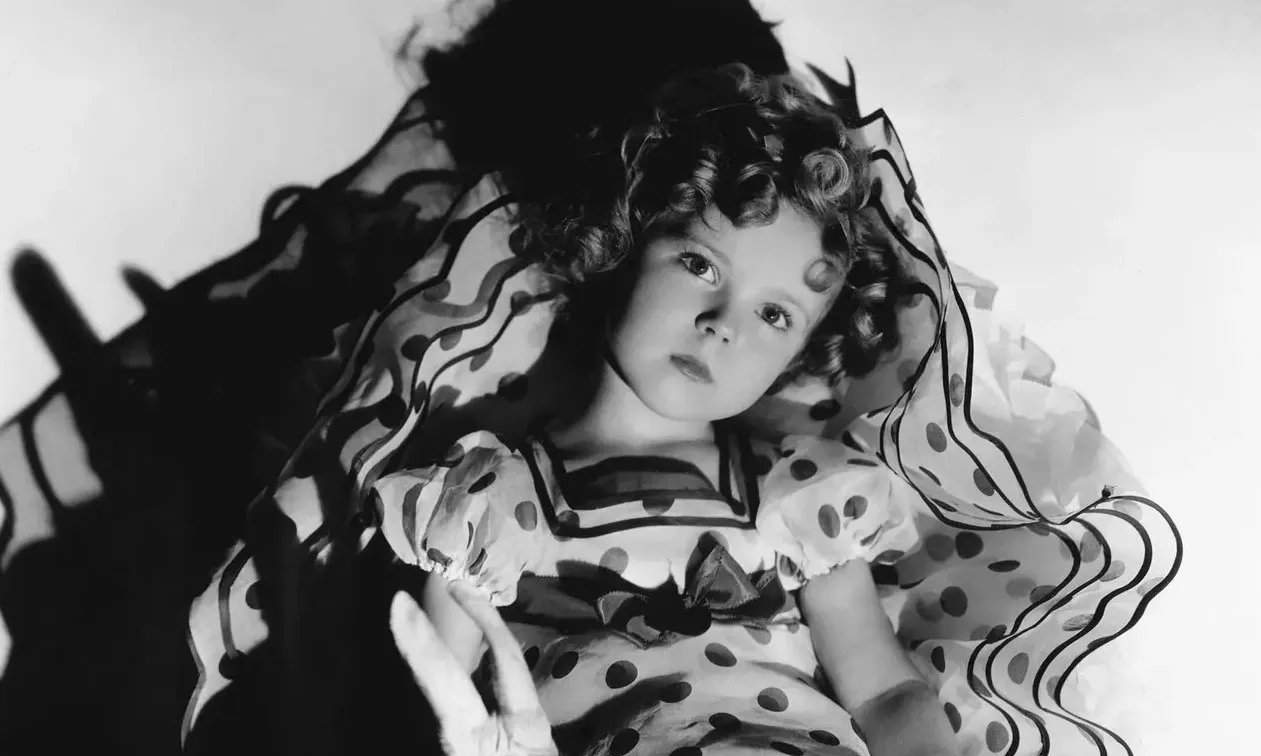Vintage photography offers a captivating glimpse into the past, immortalizing moments that shaped history and culture. Among the most striking and evocative images are those documenting the Zoot Suit Riots and the fashion trends of the 1930s and 1940s. These photographs not only preserve the aesthetic of an era but also serve as windows into the social tensions and cultural movements of the time.

The Zoot Suit emerged during the 1930s as a distinctive sartorial expression among African American, Mexican American, and Filipino American youth in urban centers like Harlem, Los Angeles, and Chicago. Characterized by its exaggerated proportions—baggy trousers with tight cuffs, a long coat with wide lapels, a broad-brimmed fedora, and flamboyant accessories—the Zoot Suit was a bold departure from the conservative fashion of the time.
At its core, the Zoot Suit represented a form of cultural resistance and defiance against societal norms. In an era marked by economic hardship and racial discrimination, wearing the Zoot Suit was a statement of identity and belonging for marginalized communities. It was a way for young people of color to assert their presence in public spaces and challenge the status quo through style.

However, the flamboyant nature of the Zoot Suit also made it a target for criticism and condemnation, particularly among white Americans and authority figures who viewed it as a symbol of delinquency and moral decay. This tension came to a head during the infamous Zoot Suit Riots of 1943, which erupted primarily in Los Angeles but also occurred in other cities across the United States.
The riots were fueled by deep-seated racial animosity, economic resentment, and wartime anxieties. With World War II raging overseas, tensions were running high on the home front, exacerbated by competition for jobs and housing between white and non-white communities. The Zoot Suit, with its association with marginalized racial groups, became a lightning rod for racial violence and social unrest.

The clashes between predominantly white servicemen and Zoot Suit-wearing youths of color escalated into a series of violent confrontations on the streets of Los Angeles. The rioters targeted young men wearing Zoot Suits, subjecting them to beatings, humiliation, and even stripping them of their clothing. The authorities, far from intervening to protect the victims, often sided with the white assailants, reflecting the deeply ingrained racism of the time.

Despite the trauma and turmoil of the Zoot Suit Riots, the cultural significance of the Zoot Suit endured long after the dust settled. In the decades that followed, the Zoot Suit became a symbol of resistance and resilience, celebrated in literature, music, film, and fashion. It came to represent the struggles of marginalized communities for recognition, justice, and dignity in the face of oppression.
Vintage photos from the era capture the vibrancy and defiance of Zoot Suit culture, offering glimpses into a world where fashion served as both armor and weapon against social injustice. In these images, we see young men and women proudly donning their Zoot Suits, exuding confidence and style in the face of adversity. We witness the camaraderie and solidarity of communities united by a shared sense of identity and purpose.

Moreover, these photos serve as a poignant reminder of the enduring power of fashion to shape narratives and challenge the status quo. The Zoot Suit may have been dismissed as a passing fad or a subcultural curiosity by some, but its legacy lives on as a testament to the resilience and creativity of those who dare to defy convention and carve out their own place in history.

In recent years, there has been a resurgence of interest in Zoot Suit fashion, fueled by nostalgia for the glamour and swagger of the 1930s and 1940s. Fashion designers, stylists, and cultural influencers have drawn inspiration from the iconic silhouette and aesthetic of the Zoot Suit, reinterpreting it for contemporary audiences.
Today, the Zoot Suit continues to captivate the imagination of fashion enthusiasts and historians alike, serving as a symbol of rebellion, resilience, and cultural pride. Vintage photos from the era provide a window into a bygone era, offering insights into the social dynamics and cultural currents that shaped the Zoot Suit phenomenon.

In conclusion, the Zoot Suit Riots and fashion of the 1930s and 1940s occupy a unique place in American history, embodying the complex interplay of race, class, and identity. Through vintage photos, we can glimpse the vitality and significance of this cultural moment, paying tribute to the individuals who dared to defy convention and assert their right to self-expression. As we reflect on the legacy of the Zoot Suit, may we continue to celebrate the power of fashion to challenge norms, provoke thought, and inspire change.
(See more photos below)







































